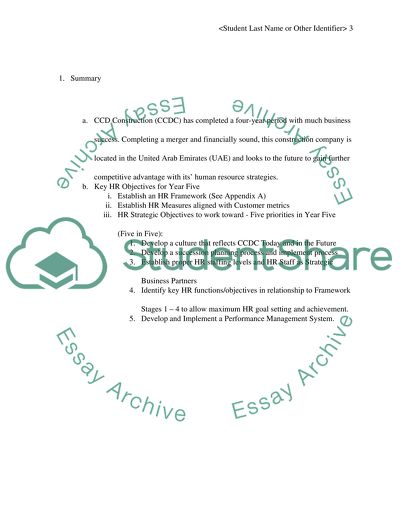Cite this document
(“CCDC Organization Chart for HR Leaders Research Paper”, n.d.)
Retrieved from https://studentshare.org/human-resources/1414024-hr-strategy-for-ccdc-case-study
Retrieved from https://studentshare.org/human-resources/1414024-hr-strategy-for-ccdc-case-study
(CCDC Organization Chart for HR Leaders Research Paper)
https://studentshare.org/human-resources/1414024-hr-strategy-for-ccdc-case-study.
https://studentshare.org/human-resources/1414024-hr-strategy-for-ccdc-case-study.
“CCDC Organization Chart for HR Leaders Research Paper”, n.d. https://studentshare.org/human-resources/1414024-hr-strategy-for-ccdc-case-study.


